The ocean’s depths are as mysterious as outer space, concealing secrets that spark both fascination and fear. The deeper we delve, the more profound and unfamiliar the world becomes, housing creatures that defy our understanding of the natural world. These terrifying creatures that lurk in the deepest oceans challenge not only our perceptions of marine life but also our imagination. Let’s dive into this shadowy world and uncover the enigmatic and awe-inspiring inhabitants of the deep sea.
Giant Squid The Legendary Architeuthis

Once thought to be myth, the giant squid (Architeuthis) is a profound testament to the mysteries of the ocean. Reaching lengths of up to 43 feet, this creature’s colossal size and elusive nature have fascinated scientists and storytellers alike. Giant squids are equipped with eyes the size of dinner plates, allowing them to detect light in the near pitch-black depths. Despite their size, these giants remain a mystery, with much of their behavior still unknown.
Colossal Squid The Ocean’s Behemoth

Closely related to the giant squid, the colossal squid (Mesonychoteuthis hamiltoni) holds the record for the largest invertebrate. While it shares many features with its giant cousin, the colossal squid boasts even larger eyes and rotating hooks on its tentacles, adding to its already formidable image. This deep-sea predator resides primarily in the Antarctic waters, where it ambushes prey with its powerful tentacles.
Anglerfish Masters of Illusion

The anglerfish is renowned for its unique predatory adaptation of using a bioluminescent lure. This luminescent appendage, an extension of its dorsal spine, dangles in front of its mouth to attract unsuspecting prey in the pitch-black waters. With its grotesque appearance and terrifying jaws, the anglerfish represents one of the most classic examples of deep-sea adaptations.
Gulper Eel The Pelican of the Abyss

The gulper eel, or pelican eel, is aptly named for its enormous mouth, which resembles a pelican’s pouch. This adaptation allows it to swallow prey much larger than its own body, which often extends beyond three feet in length. Found at depths of around 6,000 feet, these eels are rare sights for researchers exploring the ocean’s trenches.
Goblin Shark The Living Fossil
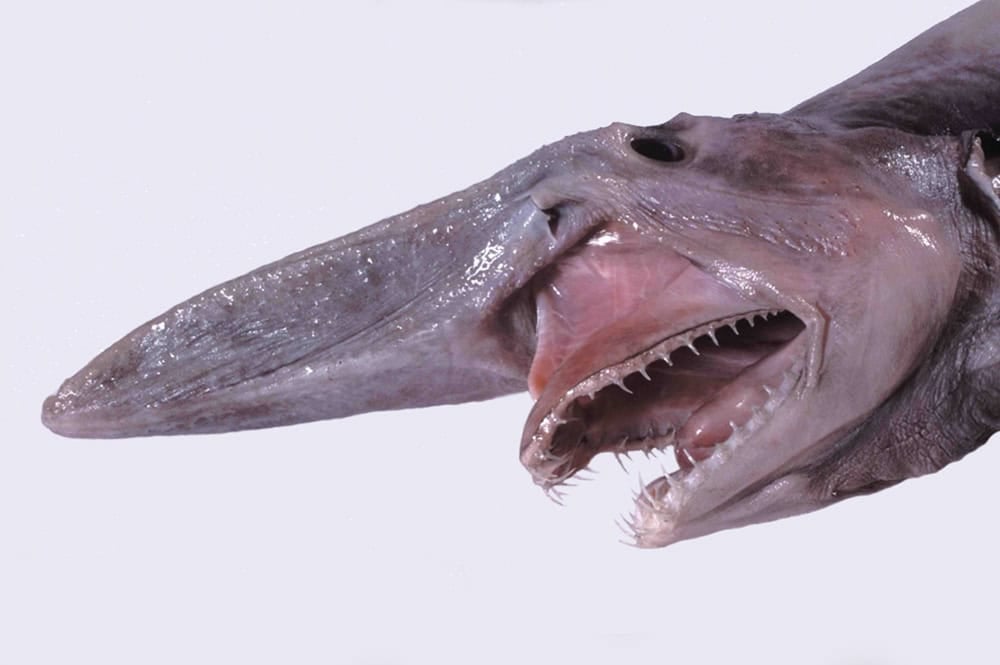
With its lineage traced back 125 million years, the goblin shark (Mitsukurina owstoni) is often regarded as a living fossil. Known for its elongated, flattened snout and protruding jaws lined with nail-like teeth, the goblin shark is a nightmarish oddity. It prefers the deep waters off the coasts of Japan and the Pacific Ocean, using its unique snout to detect prey.
Vampire Squid The Deep Sea’s Enigma

The vampire squid (Vampyroteuthis infernalis) sounds like something out of a horror story. Despite its ominous name, it’s not a predator but a detritivore, feeding on organic debris. Its dark, web-like arm capes and ability to bioluminesce add to its eerie allure, making it an enigmatic presence in the ocean’s depths.
Frilled Shark The Serpentine Predator

The frilled shark resembles something ancient and otherworldly, with its eel-like body and rows of frilly gill slits. Often compared to a sea serpent, this deep-sea predator can grow up to 6.6 feet long and has over 300 needle-like teeth in its mouth. It is rarely seen by humans due to its preference for deep, dark waters.
Fangtooth Fish The Toothsome Terror
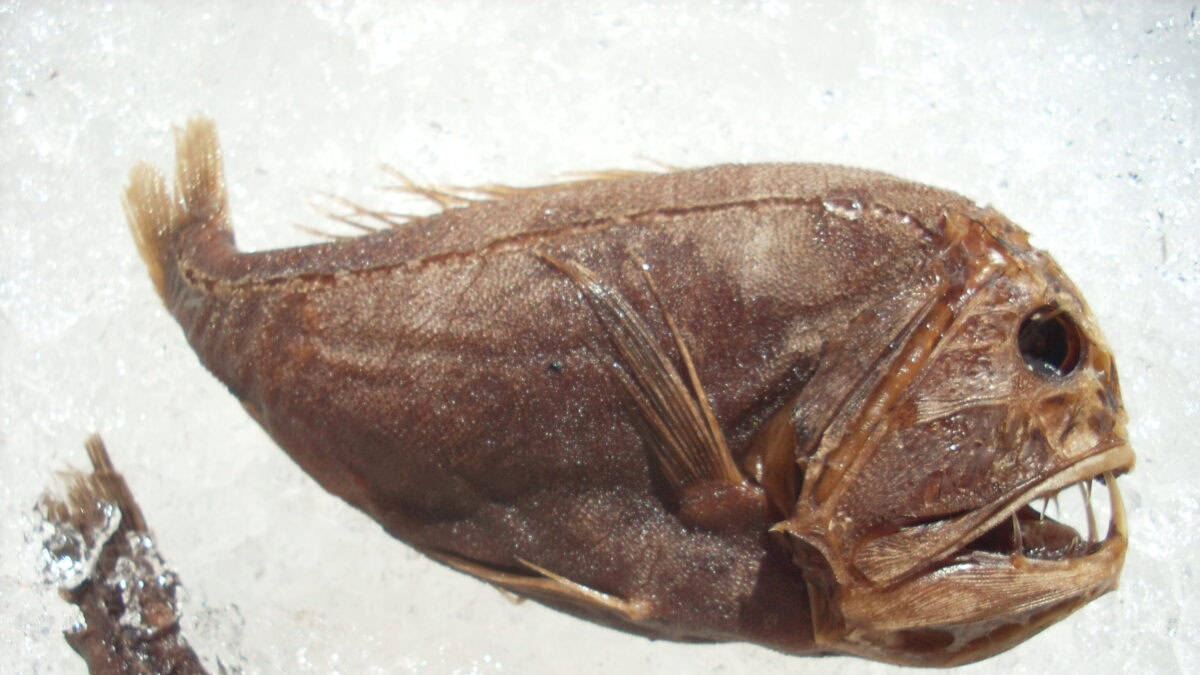
Fangtooth fish possess the largest teeth of any fish relative to body size, lending them a ghastly appearance. These creatures are small, topping out around 6 inches, but their fierce look compensates for their size. The fangtooth survives in depths of over 16,000 feet, showcasing its adaptability to one of the harshest environments on Earth.
Deep Sea Dragonfish The Deep Predator
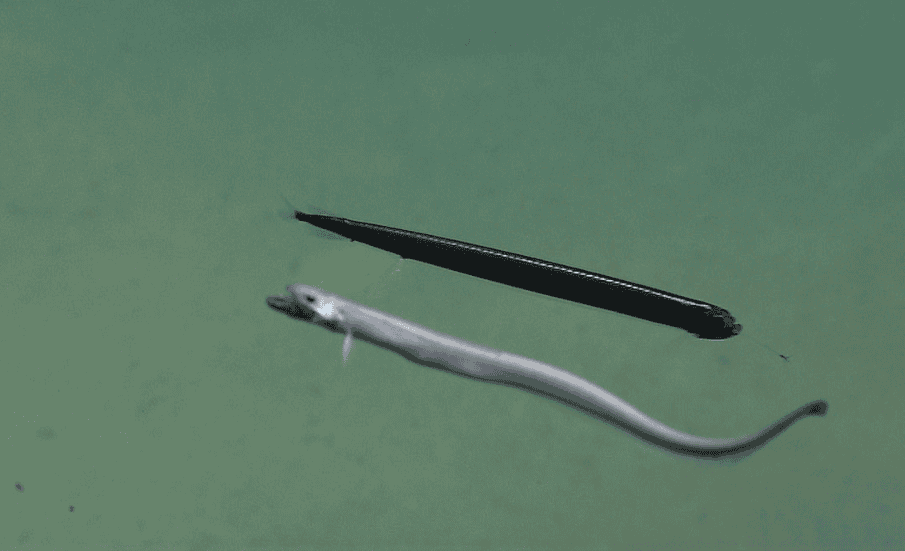
The deep sea dragonfish is a master of disguise and predation. With its bioluminescent barbel and fearsome teeth, it lures prey into its menacingly fanged jaws. These creatures are found in depths of up to 6,000 feet and have a reputation for being one of the more aggressive predators at these depths.
Stargazer Fish The Lethal Ambusher

The stargazer fish’s name belies its fearsome nature. These creatures are fierce ambush predators equipped with upward-facing eyes. They bury themselves in sand and leap at unsuspecting prey. To add to their arsenal, some species are even capable of delivering electric shocks to paralyze prey.
Zombie Worms Recyclers of the Deep
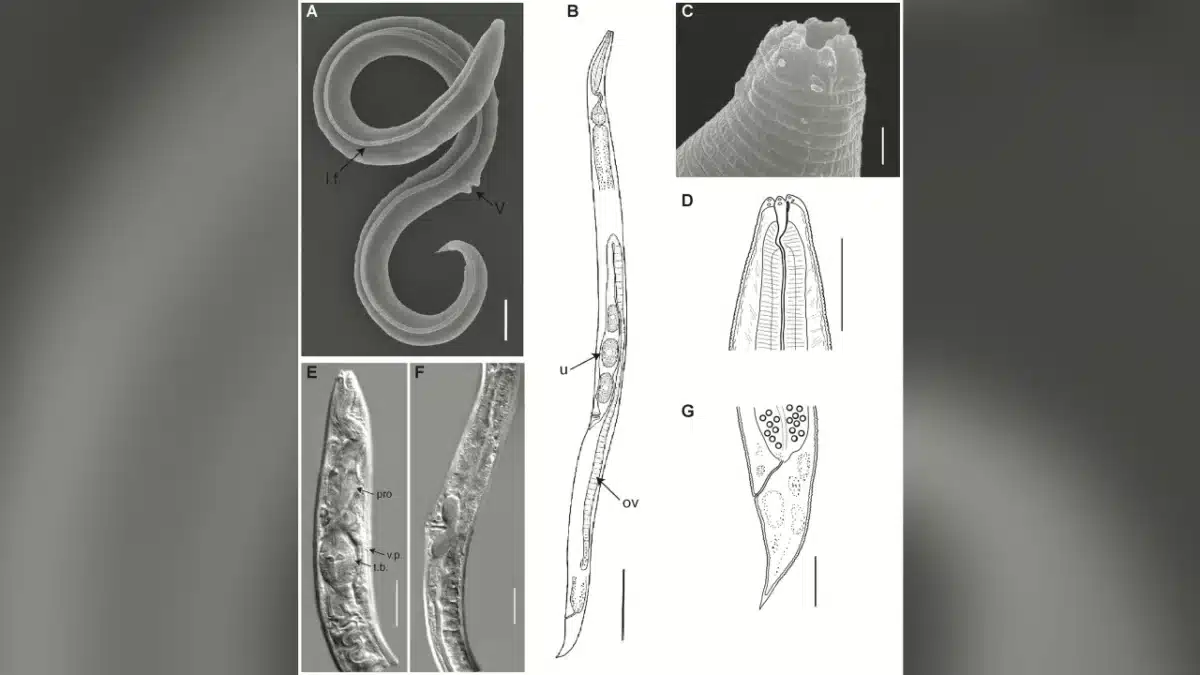
Known officially as Osedax, these “zombie worms” are notable for their ability to consume the bones of dead whales on the seafloor through a unique method of breaking down fats and oils. They play a crucial role in nutrient cycling within the ocean’s depths, highlighting nature’s remarkable adaptability.
Conclusion: Guardians of the Depths
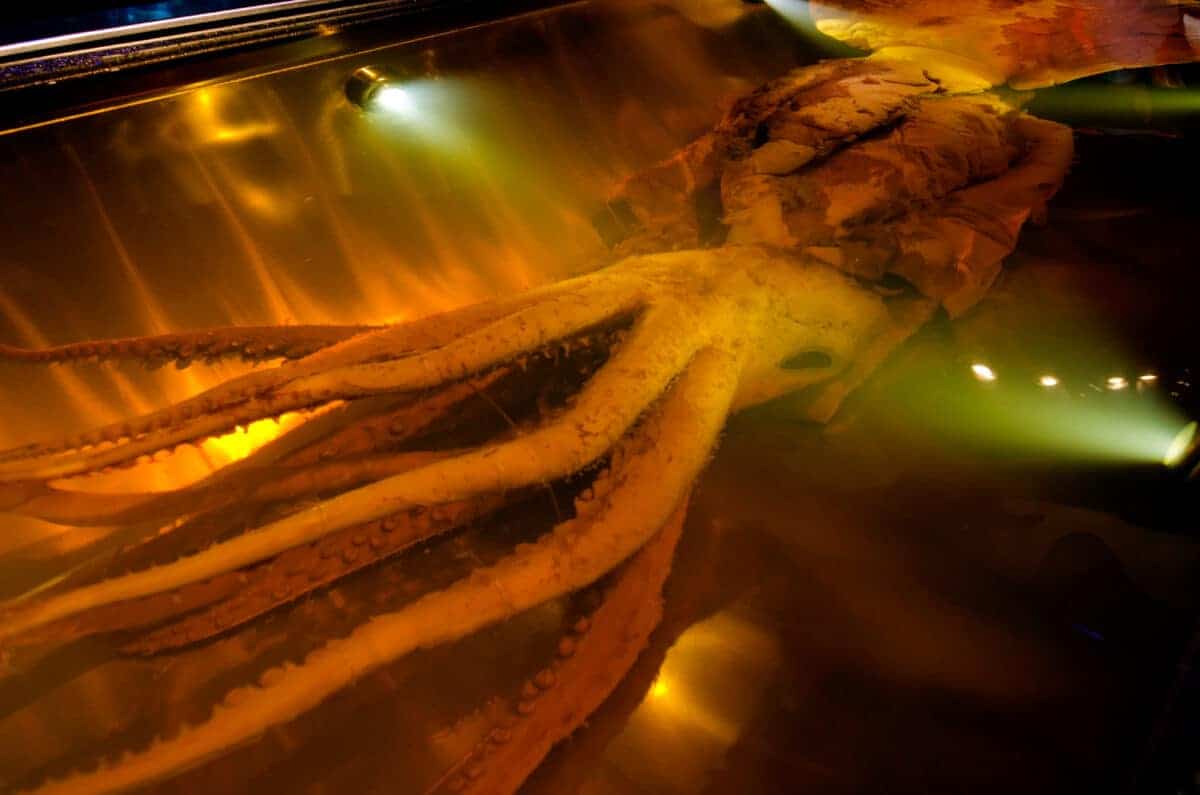
The creatures from the ocean’s abysses are both bizarre and awe-inspiring, each perfectly adapted to their extreme environments. They challenge our understanding of life and evolution, reminding us of the vast unknown still within our grasp. As we deepen our exploration of the world’s oceans, these magnificent and terrifying creatures offer a glimpse into a realm that continues to inspire awe and curiosity.
- How Wildlife Corridors Help Animals Migrate Safely - August 19, 2025
- The Only Shark That Can Survive in Freshwater And Where Its Found - August 19, 2025
- The Strongest Bite Force Ever Measured in a Reptile - August 19, 2025

